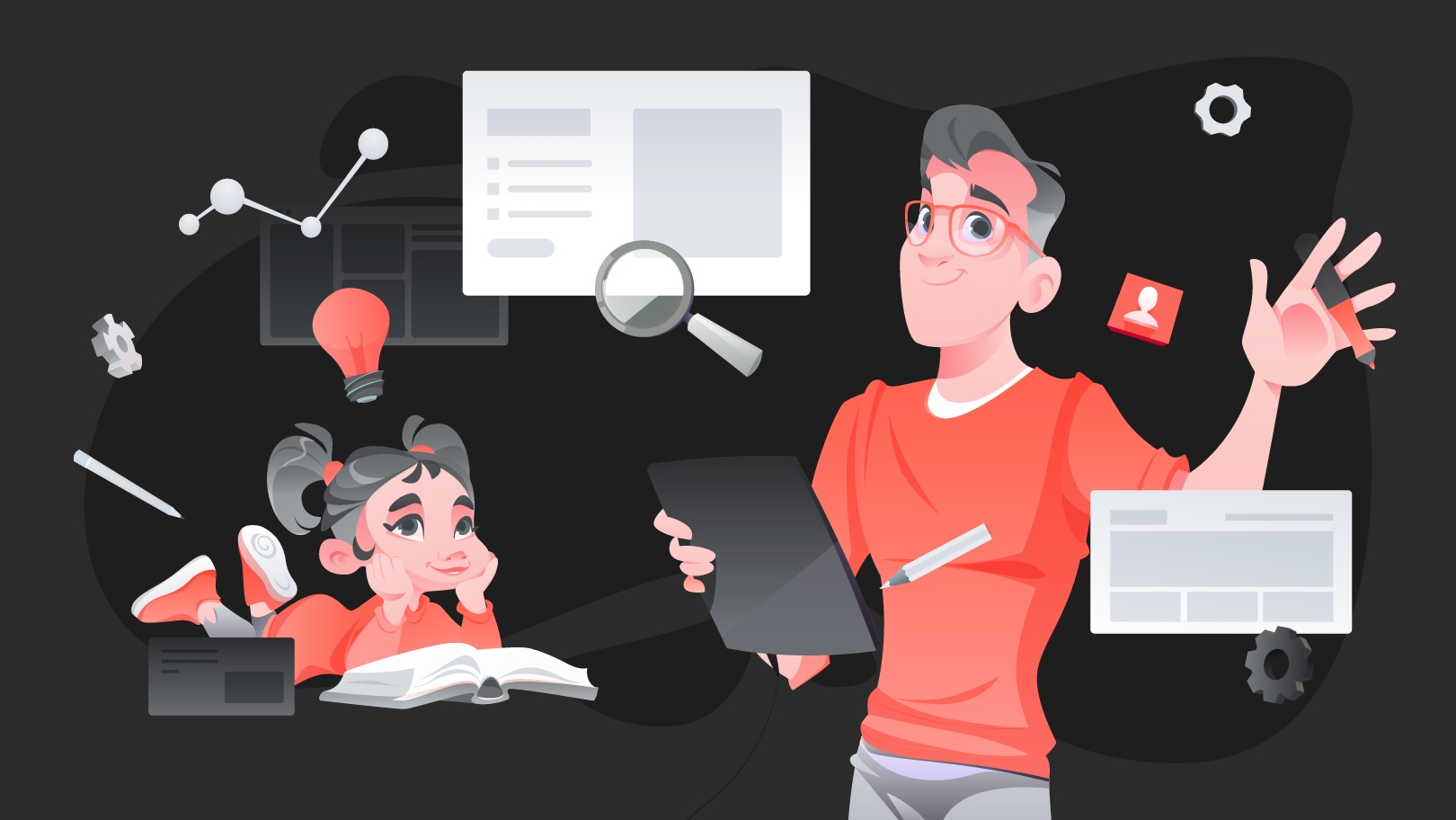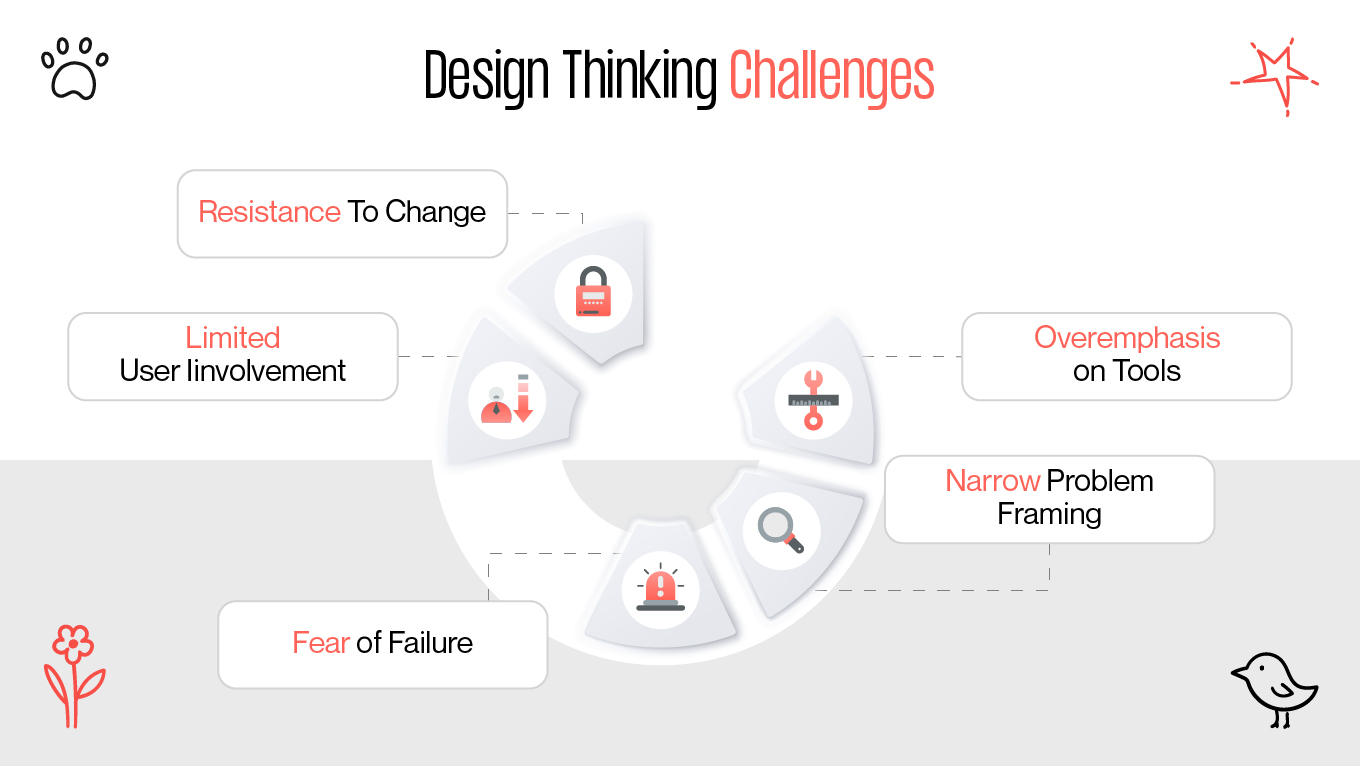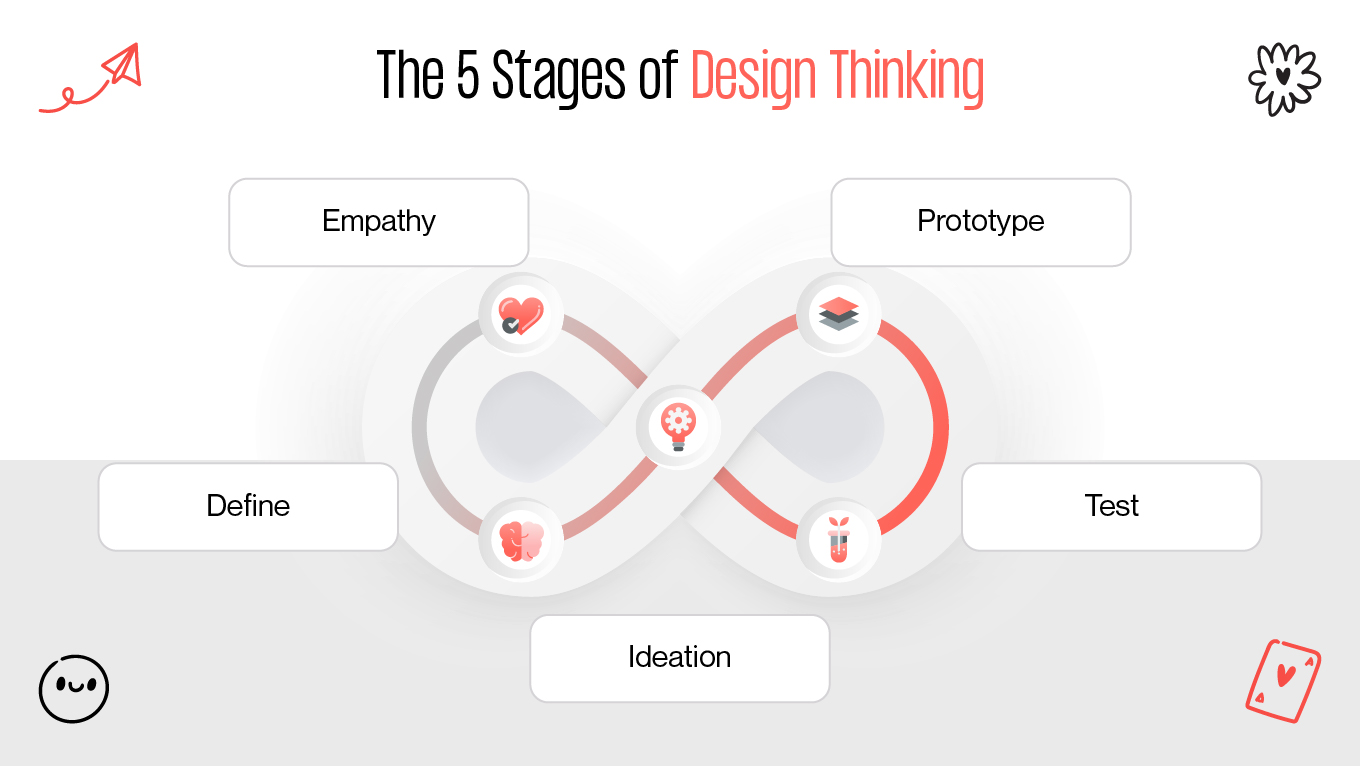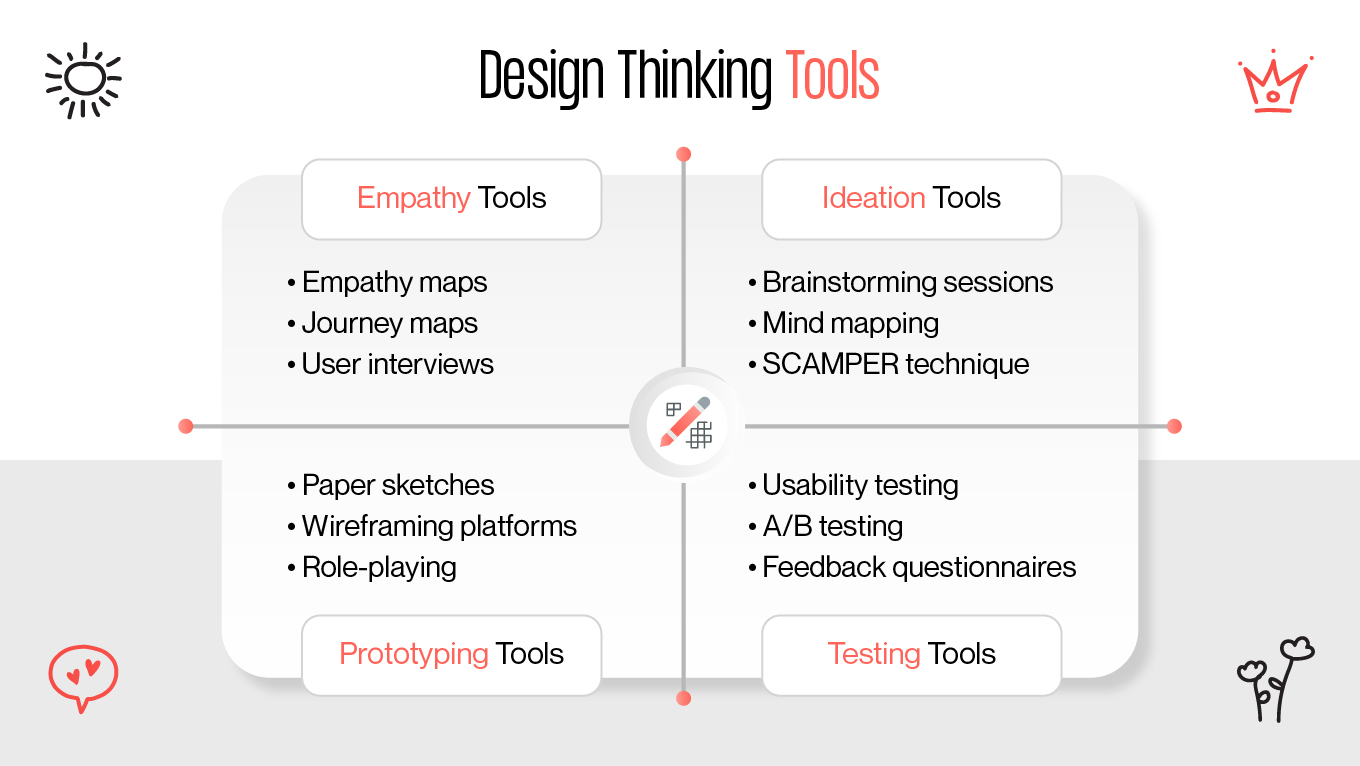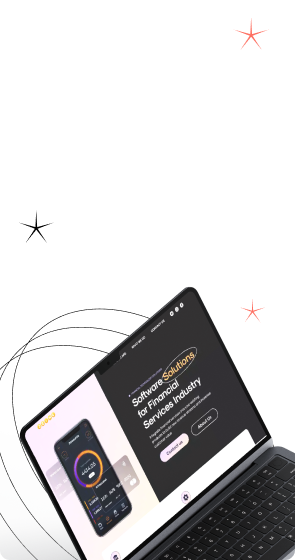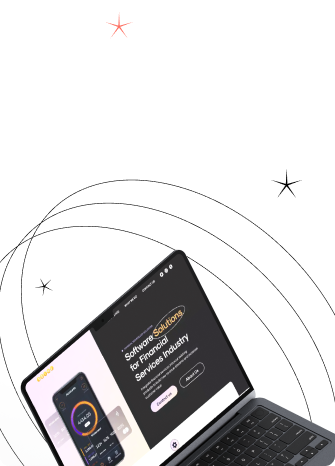The world of design has moved so much beyond the domain of mere looks. Today, it's about solving real human problems, creating experiences that are meaningful, and affecting solutions that resonate with people on a functional as well as an emotional level. And that's where design thinking begins. Companies that follow design thinking principles have have higher revenue and better shareholder returns [1]. It's not a buzzword or a process—it's a mindset, a way of approaching challenges that's centered around people and ensuring that the solutions are achievable, desirable, and viable.
Whether you’re a product designer, a UX researcher, a business strategist, or part of a startup trying to refine your service, design thinking provides a structured yet flexible path. It bridges the gap between creativity and logic, giving teams a way to explore problems deeply, generate bold ideas, and bring them to life.

